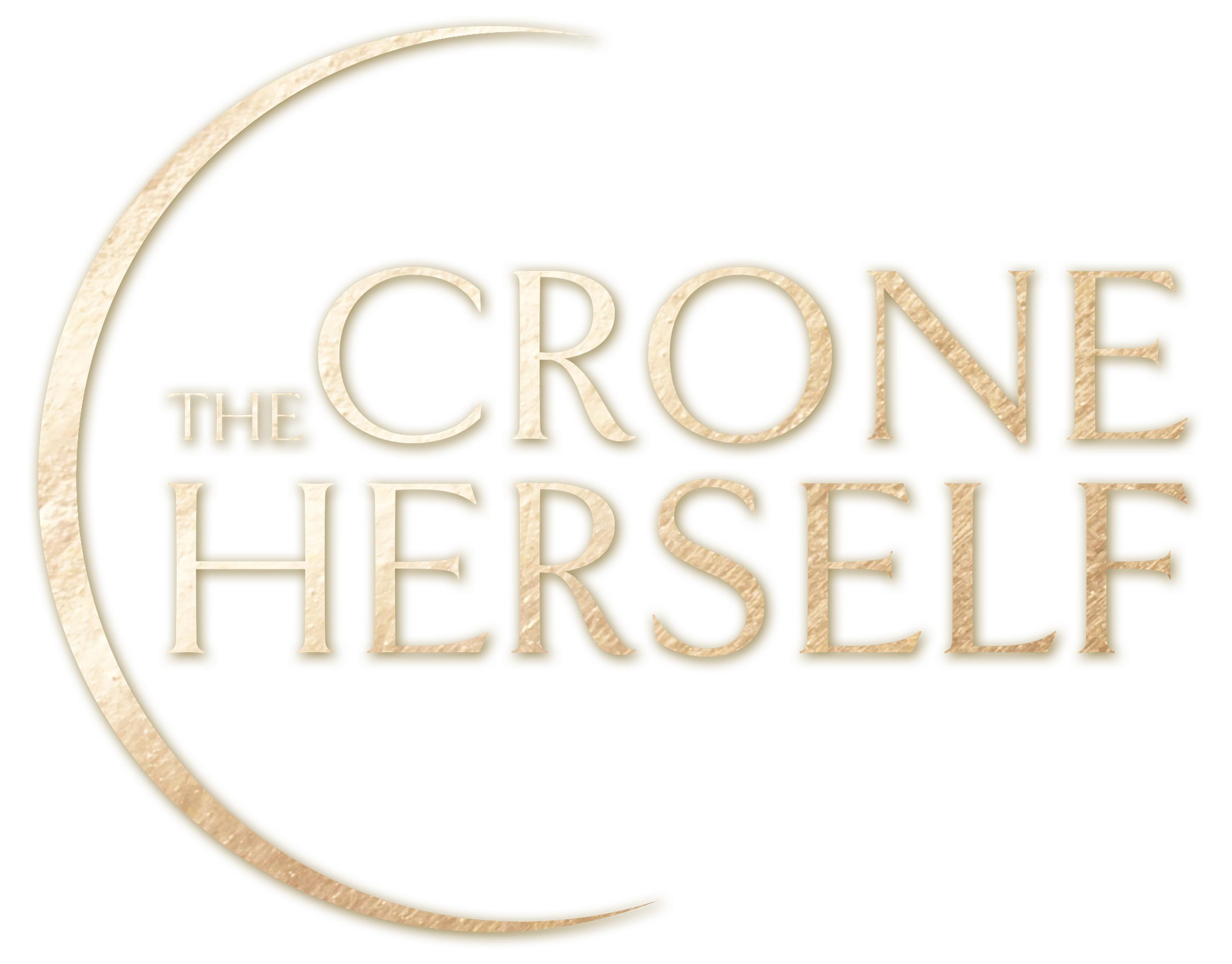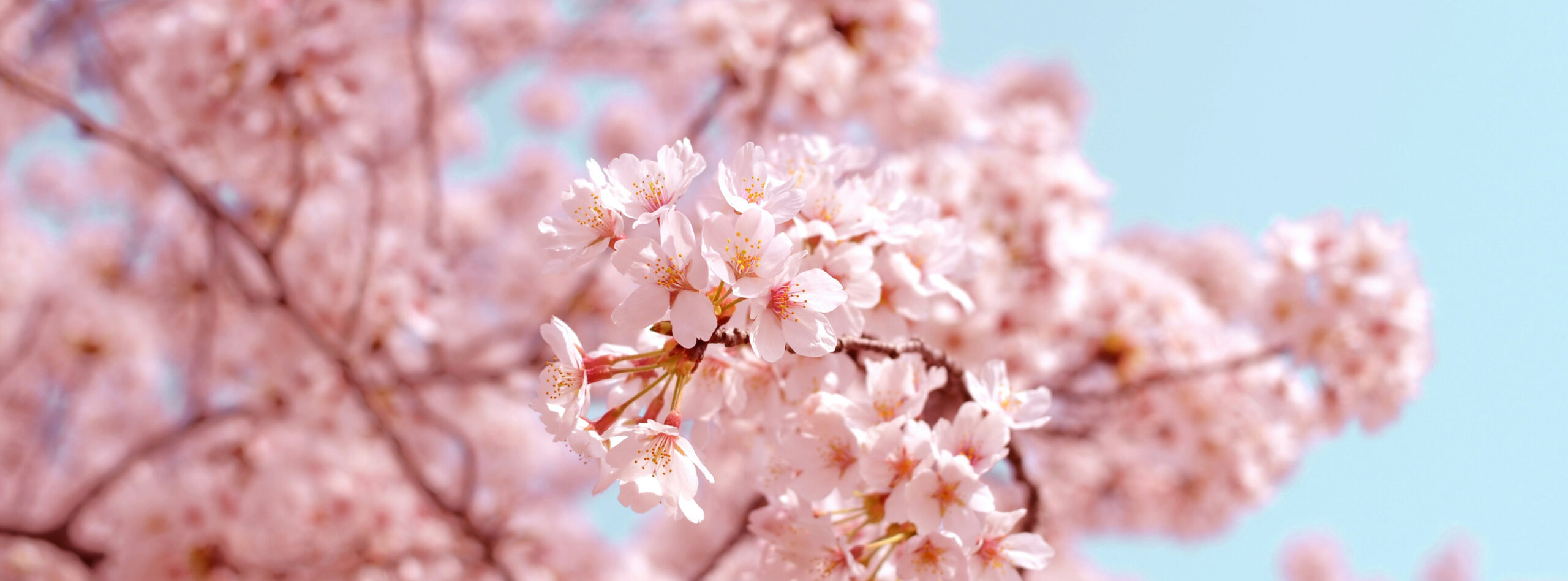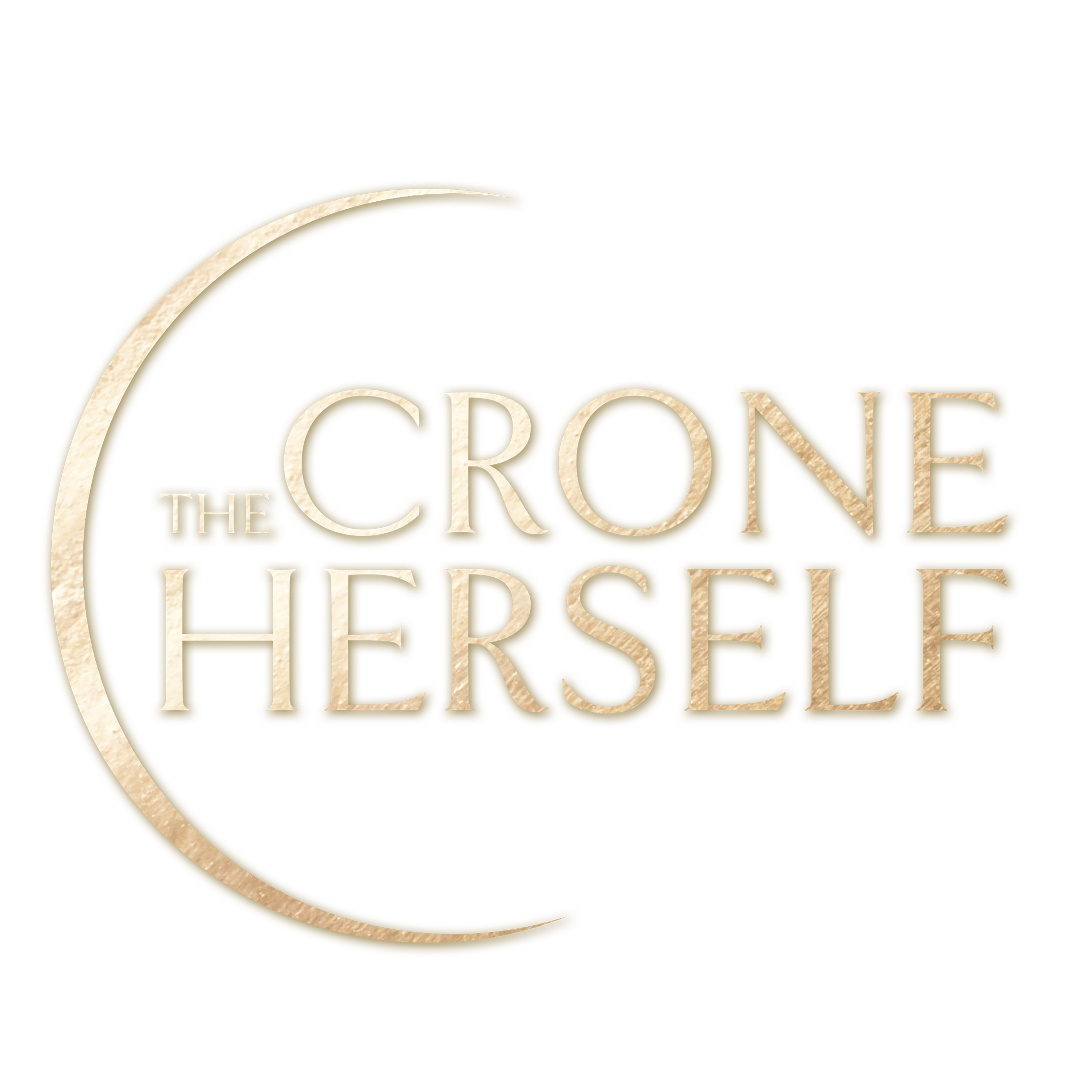WHEEL OF THE YEAR
Beltane
What is Beltane?
The Crone Herself honors these old, ancestral traditions, while encouraging us to understand the land, climate, and culture we currently live in. Developing a more personalized, hyper-local, and culturally relevant approach to marking the Wheel Year’s seasonal shifts helps us celebrate in meaningful ways during intersecting global crises. We honor the ancestors and become the bridge between them and our descendants.
Symbols of Beltane
Certainly! Beltane is a traditional Gaelic festival marking the beginning of summer, typically celebrated on May 1st. It holds significant cultural importance in Ireland, Scotland, and the Isle of Man, and has been increasingly embraced by modern neopagans and Wiccans. The festival of Beltane is rich with symbolism, each element reflecting the themes of fertility, renewal, and protection. Here’s an exploration of some of the primary symbols associated with Beltane:
The Maypole
Perhaps the most iconic symbol of Beltane is the Maypole. Traditionally made from a tall, straight tree trunk and decorated with colorful ribbons, the Maypole is a phallic symbol representing fertility and the masculine aspect. Dancers weave the ribbons around the pole in intricate patterns, symbolizing the spiral of life and the union of the Earth and the sky. The dance itself represents the intertwining of spirits and the reawakening of the earth.
Fire
Fire plays a central role in Beltane celebrations, stemming from its ancient roots as a fire festival. The fires of Beltane, often created by rubbing wood together, symbolize the return of light and warmth as summer begins. Participants traditionally leap over the Beltane fire to purify themselves, promote fertility, and bring good fortune. Fires also serve as a protective element, warding off evil spirits and cleansing the land.
Flowers and Greenery
Flowers are used extensively during Beltane to symbolize the fertility of the earth. Hawthorn is particularly associated with this festival; its blossoming coincides with Beltane. Wreaths and garlands of flowers and greenery are worn and used to decorate homes, livestock, and Maypoles. These decorations not only celebrate the beauty of new life but also invite nature’s bounty into the lives of the participants.
The May Bush
In some Celtic traditions, the May Bush, a thorn bush or a branch decorated with flowers, ribbons, and bright shells, is placed outside homes or in communal spaces. The bush represents the shelter and abundance of nature. It is a focal point for community gatherings and serves as a symbol of protection and prosperity.
The Beltane Cake
The Beltane cake is a customary treat, eaten as part of the festivities. Traditionally, oatcakes are prepared, and one piece is marked with a charcoal cross. Whoever receives this piece in a random distribution is dubbed the ‘Beltane carline,’ a figure who was historically a mock sacrifice, symbolizing the community’s engagement with the cycles of death and rebirth.
The Beltane Dew
Collecting the morning dew on Beltane is a practice said to harness the magic of renewal and youth. Women, in particular, would wash their faces with the dew collected on Beltane morning to enhance beauty and maintain youthfulness, reflecting the festival’s emphasis on renewal and growth.
Colors of Beltane
Green
Green is perhaps the quintessential color of Beltane, symbolizing life, growth, and renewal. As the color of fresh foliage and lush grass, green represents the resurgence of nature after the dormant winter months. It is a reminder of the earth’s renewal, abundant fertility, and the promise of new life. Participants often wear green clothing or adorn their spaces with greenery to honor the revitalization of the earth.
Red
Red at Beltane signifies the fire that is central to the celebrations. It represents the sun’s energy, passion, vitality, and fertility. Red is a powerful color that invokes strength, health, and vigor. It is often used in decorations and attire to draw upon the life-force of the sun and to stimulate the fire within, reflecting the active, energetic nature of the season.
White
White symbolizes purity, the brightness of spring, and the clear light of the sun. It is also associated with the maiden aspect of the triple goddess (maiden, mother, crone) celebrated in pagan traditions, representing youthfulness and new beginnings. White may be worn or used in decorations to invoke purity and the fresh start that Beltane promises.
Yellow
Yellow, the color of the dawning sun, represents the theme of light overcoming darkness, mirroring the increasing daylight hours. It embodies joy, happiness, and the energy of the Beltane fires. Yellow flowers and ribbons can be seen during the festivities, symbolizing the sun’s rays bringing warmth and encouraging the earth to bloom.
Pink
Pink is a softer reflection of red and is often associated with love, affection, and romance. Beltane is a festival that traditionally celebrates love and union, and pink captures the sweetness and playfulness of romantic connections. It’s used in floral arrangements and as part of the festive decor to represent young love and companionship.
Blue
Blue represents the sky and the waters, echoing the balance that Beltane brings in terms of fertility and purity. It’s a calming color, invoking peace and tranquility amid the fiery celebrations of Beltane. Blue can also be a protective color, warding off evil spirits and negative energies, ensuring peace and safety during this potent time.
Beltane Traditions
Beltane is a festival deeply rooted in ancient traditions and customs, celebrated primarily in Ireland, Scotland, and the Isle of Man, and by modern pagans and Wiccans worldwide. It marks the beginning of summer and is held on the first of May, or halfway between the spring equinox and the summer solstice. The festival is a vibrant celebration of fertility, fire, and abundance. Here’s an exploration of some of the primary traditions associated with Beltane:
Lighting of Beltane Fires
One of the oldest and most central traditions of Beltane is the lighting of fires. Historically, two large fires were built side by side, and the people, along with their cattle, would pass between them as a ritual of purification and protection. The fires were thought to have protective powers and their ashes were often spread across fields to ensure fertility for the coming year.
The Maypole Dance
The Maypole dance is perhaps the most iconic tradition associated with Beltane. A tall pole, traditionally cut from a birch tree, is erected and ribbons are attached to the top. Dancers, often children, each hold a ribbon and dance around the pole, interweaving the ribbons as they go. This dance is a symbol of the spiral of life and is a ritual of fertility, meant to mimic the growth and entwining of plants and vines.
Choosing a May Queen and King
In many Beltane celebrations, a May Queen and sometimes a May King are chosen to lead the parade and the festivities. The May Queen is often seen as an embodiment of the Earth, fertility, and the goddess of spring, while the May King represents the Green Man, a symbol of the lush, burgeoning vegetation of spring. Their crowning represents the union of the divine feminine and masculine, reflecting the theme of fertility and harmony.
Jumping the Broom
A popular tradition at Beltane is jumping the broom, a practice often associated with weddings but deeply rooted in Celtic festivals like Beltane. The broom or ‘besom’ is a symbol of sweeping away the old to welcome the new. Couples jump over the broom to symbolize their union and to usher in blessings and fertility for their relationship.
Collecting Dew
Collecting the morning dew on Beltane is a tradition that dates back to ancient times. Women would roll in the dew or wash their faces with it to enhance beauty and maintain youthfulness. The dew was seen as a magical source of renewal and potency, imbued with the purity and power of nature on this significant day.
Wearing of Green and Flowers
Participants often wear green, symbolizing growth and abundance, or adorn themselves with flowers, which represent the fertility of the season. Garlands and crowns of flowers are common, and homes and livestock are decorated with greenery to invite the vitality and protection of nature into every aspect of life.
Feasting and Merrymaking
As with many seasonal festivals, Beltane is a time of feasting and community gathering. Seasonal foods are shared, songs are sung, and tales are told. Traditional foods include dairy and oats, with dishes like oatcakes being particularly popular. This communal aspect strengthens community bonds and celebrates the abundance of the season.
The traditions of Beltane reflect themes of purification, protection, fertility, and celebration of the natural world. These ancient customs not only honor the turning of the seasons but also connect participants to their cultural heritage and the rhythms of the earth. In modern times, these celebrations continue to provide a meaningful connection to nature and community, embodying joy and the renewal of life.
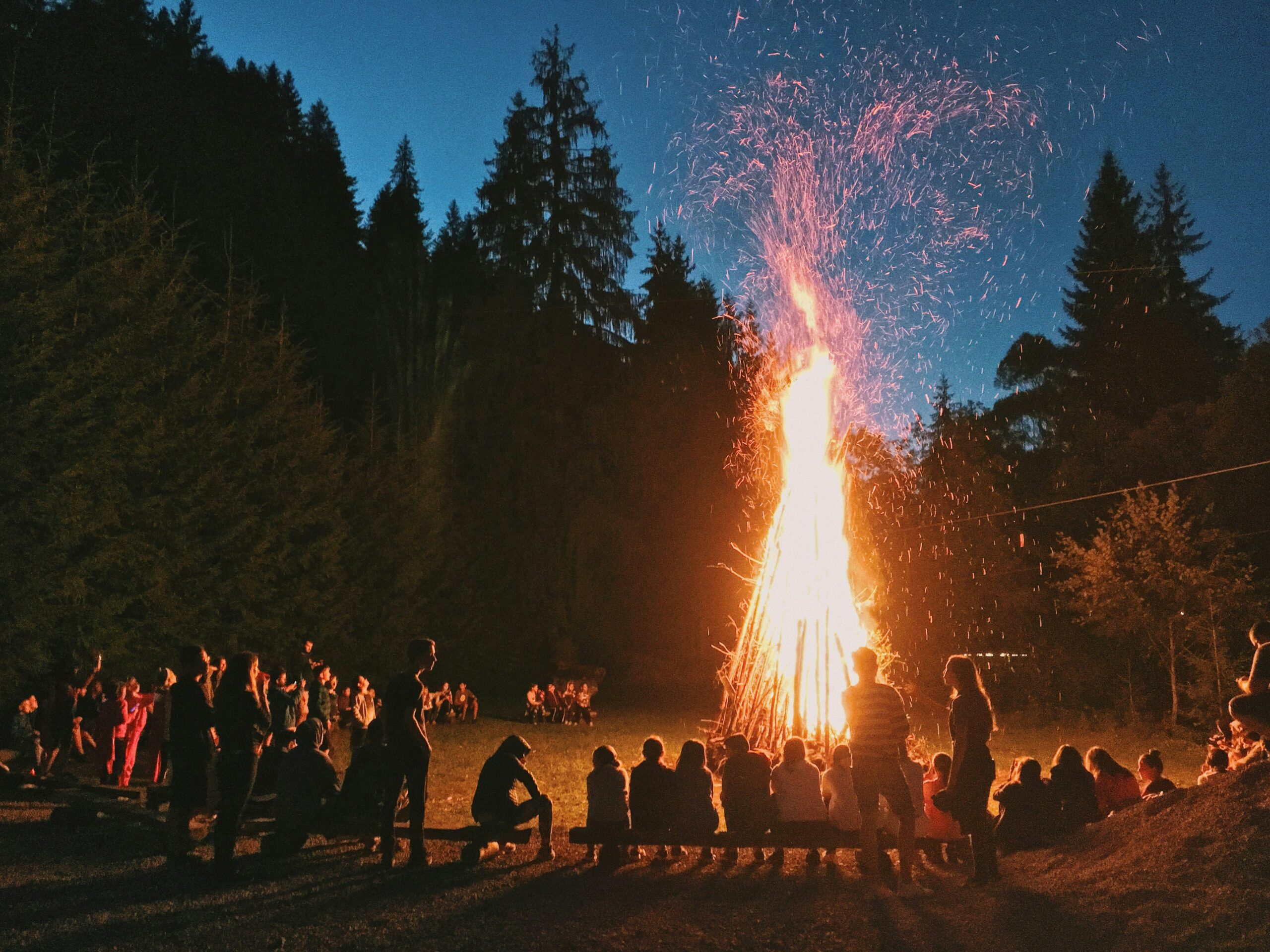
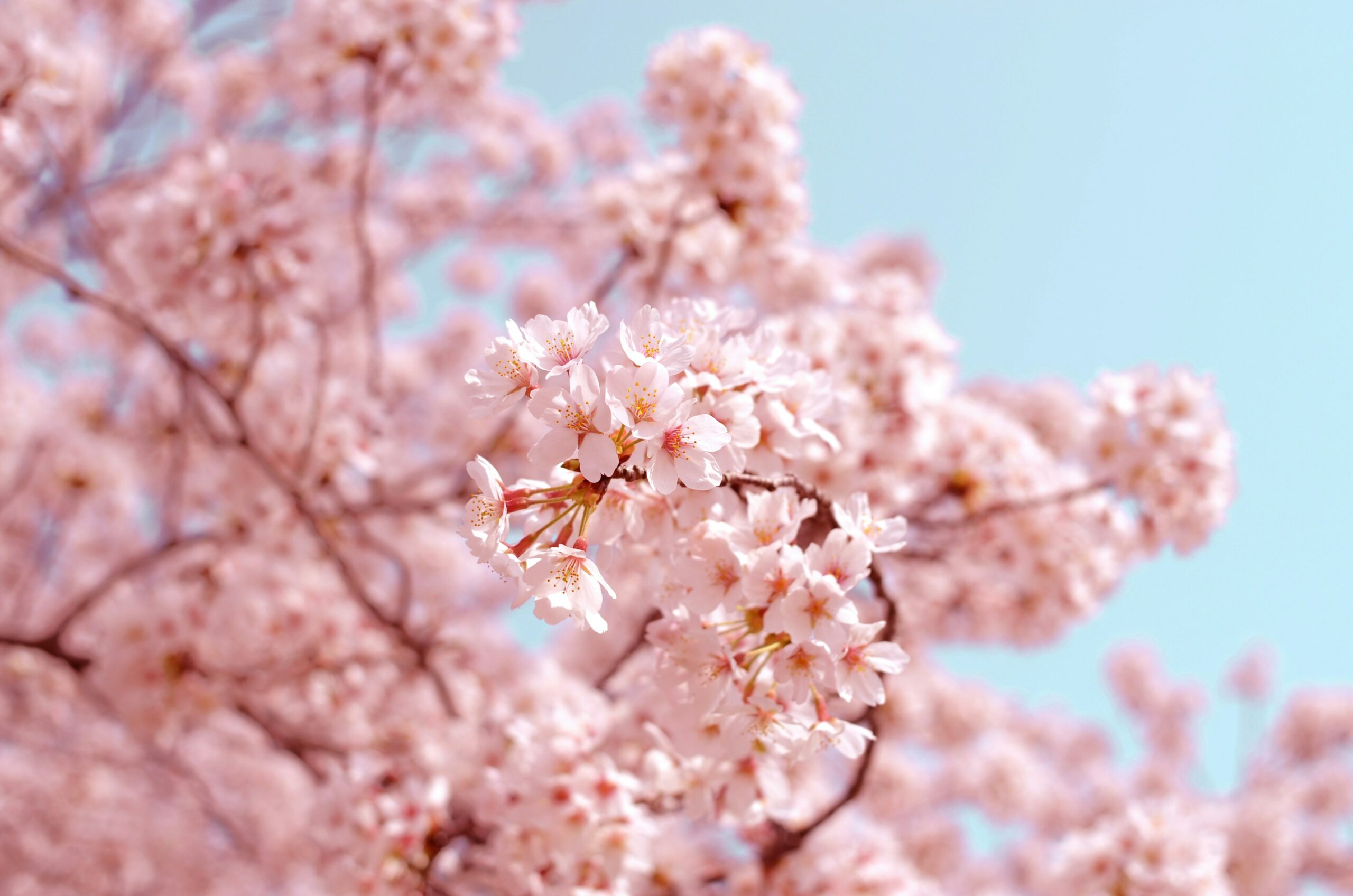

Meditations for Beltane
Beltane is a festival filled with vibrant energy, celebrating fertility, fire, and the abundance of life. Meditation during this time can focus on themes of renewal, connection to nature, and personal growth. Here are a few meditation ideas that align with the spirit of Beltane:
Fire Visualization Meditation – This meditation harnesses the transformative power of fire, a key element of Beltane. Begin by finding a comfortable seated position and closing your eyes. Imagine a fire in front of you, its flames dancing energetically. With each inhale, visualize drawing the fire’s warmth and energy into your body, and with each exhale, release any negativity or stagnation. Use the fire’s energy to purify and ignite new growth within yourself, envisioning your goals and desires being fueled by the flames.
Nature Connection Meditation – Beltane is deeply connected to the Earth’s fertility and the blossoming of nature. For this meditation, choose a quiet spot outdoors if possible. Sit comfortably and focus on grounding yourself. Feel the earth beneath you and listen to the sounds of nature around you. Visualize roots growing from your body into the earth, connecting you deeply to the ground. Reflect on the interconnectedness of all living things and the cycles of nature, feeling a sense of unity with the environment.
Maypole Ribbon Visualization – The Maypole is a powerful symbol of Beltane, representing the union of energies and the beauty of life’s tapestry. For this meditation, visualize yourself dancing around a Maypole, holding onto a ribbon. Each color of the ribbon represents an aspect of your life (e.g., red for passion, green for growth, blue for calm). As you dance around the pole, visualize weaving these aspects together, creating a harmonious and balanced life. Focus on the rhythm of your steps and the integration of different energies in your life.
Floral Abundance Meditation This meditation focuses on the blooming energy of flowers, a symbol of fertility and beauty at Beltane. Begin by imagining a field filled with a variety of flowers, each representing a specific quality you wish to cultivate, such as love, creativity, or health. Walk through the field in your mind, touching each flower gently. As you touch each one, imagine its qualities absorbing into your being, filling you with vibrant energy and color.
Renewal Breath Meditation – Beltane is a time of renewal and fresh starts. This meditation uses the breath to symbolize the cyclical nature of life and renewal. Sit in a quiet space and focus on your breathing. With each inhale, visualize drawing in fresh energy and new possibilities. With each exhale, imagine releasing old habits and past regrets. Use this cycle of breath to symbolize the release of the old and the embrace of new beginnings, feeling refreshed and rejuvenated with each breath.
Beltane Recipes
Honeyed Oatcakes
Oatcakes are a traditional choice for Beltane, symbolizing the sun and harvest.
Ingredients:
2 cups rolled oats
1/2 cup flour
1/4 cup honey
1/4 cup unsalted butter, melted
1/2 teaspoon salt
1/4 cup hot water
Instructions:
Preheat the oven to 350°F (175°C). Mix oats, flour, and salt in a bowl. Stir in melted butter and honey. Gradually add hot water until the mixture forms a stiff dough. Roll out the dough on a floured surface until about 1/4 inch thick. Cut into circles or traditional triangular shapes.
Place on a baking sheet and bake for 15-20 minutes or until golden.
Cool on a wire rack and serve.
